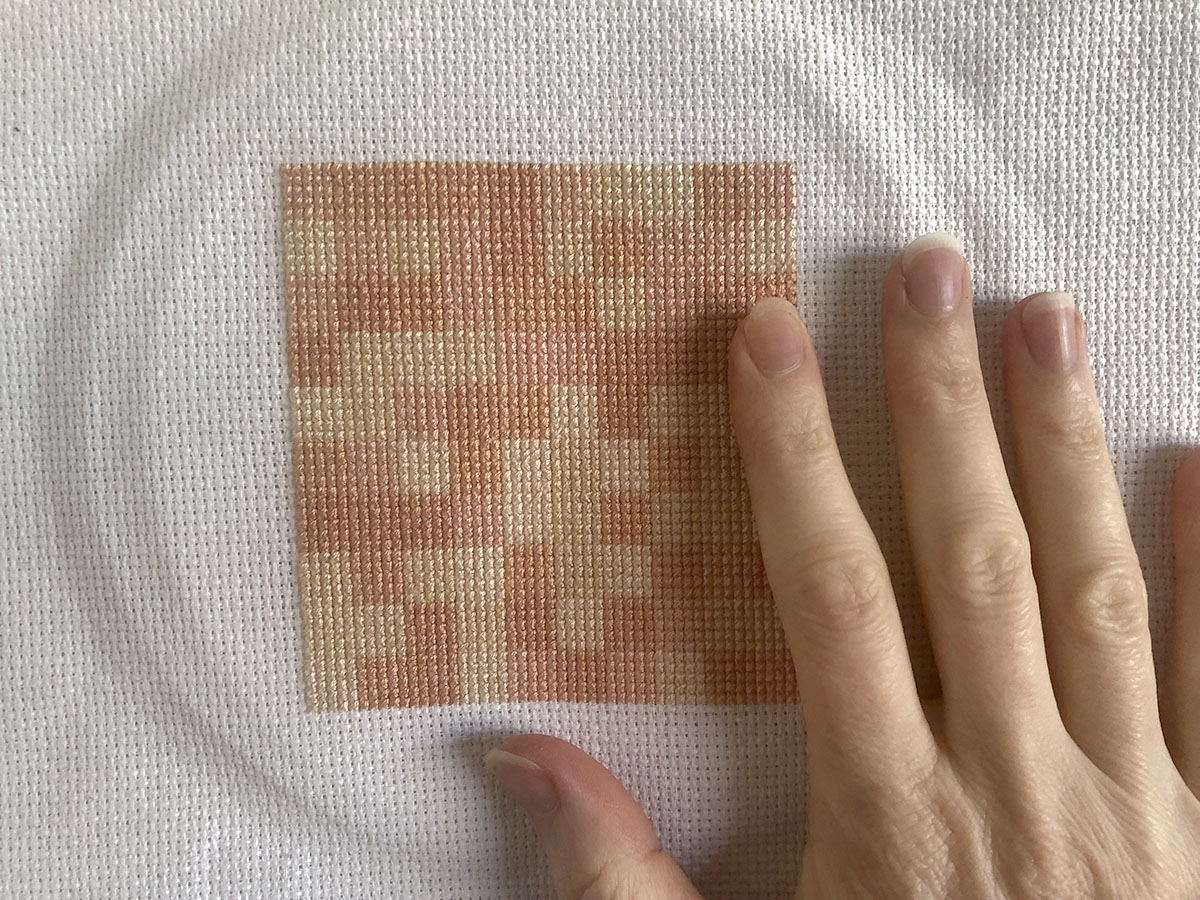I’ve been experimenting with some textile work, in particular embroidery. And doing a little research into the history of samplers and found this gem of information from the seventeenth century.
“On English samplers the female figure has usually been replaced by a tree or geometric shape that vaguely resembles a bush or flowering plant.” Rebecca Scott, ‘Samplers’, 2009.
Samplers are a stitched history, even if the name of the maker is not recorded on the work, the materials, patterns, colours and style of stiches used reveal much about where the maker lived, what they believed and their statues in society.
Samplers hold stitched stories handed down through generations. They record matrilineal skill in craft and illuminate attitudes to the education of women through history. For example, it was ok for a girl to be taught geography if they where embroidering a map of the world in the nineteenth century.
It intrigues me that women would abstract their presence from the story or history the maker was depicting.
For the work above I matched five different skin tones to my skin to create a work using a similar process to that I used to create a series of cross stitches during my MFA, which I then restarted in 2020.
